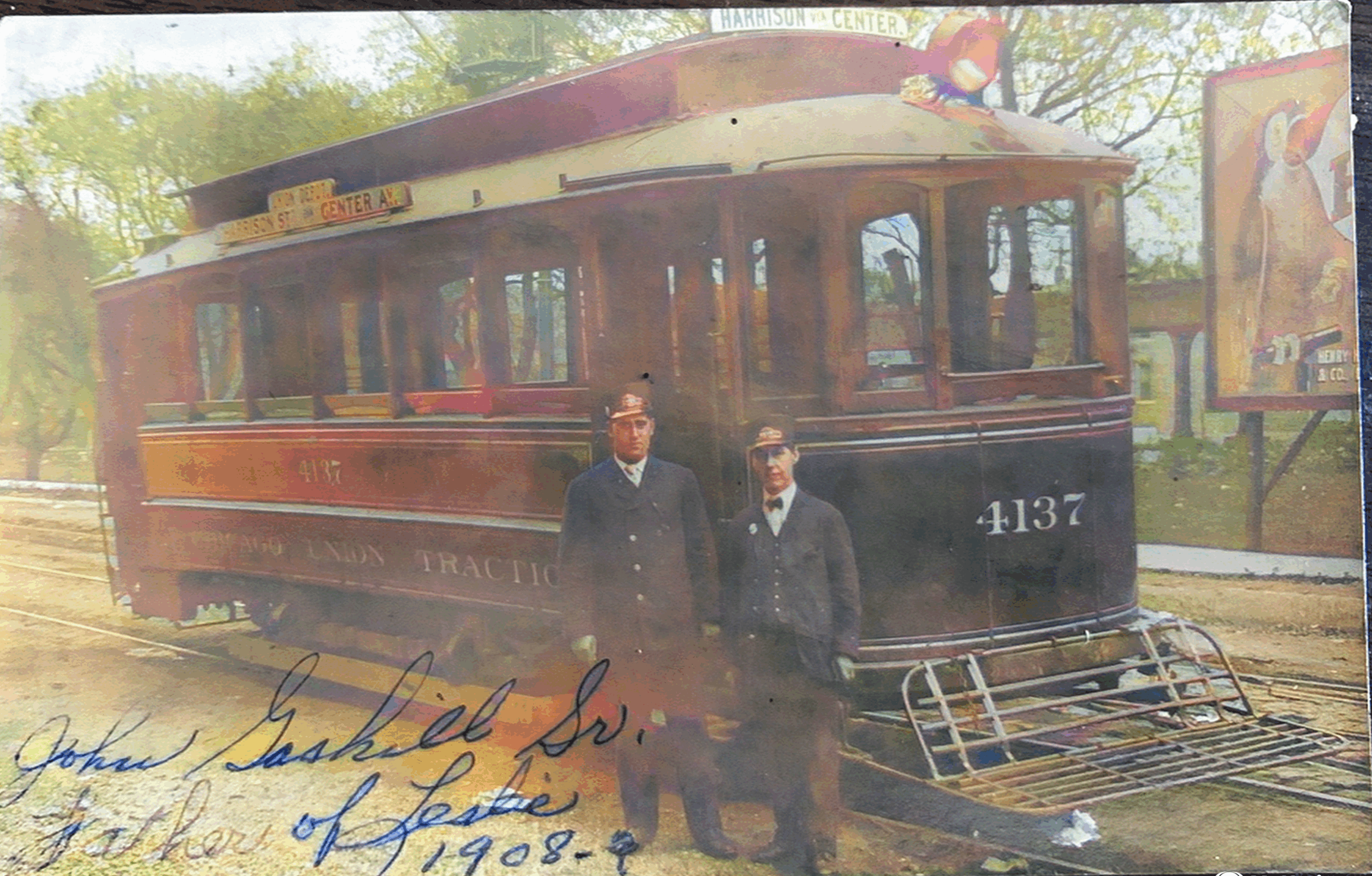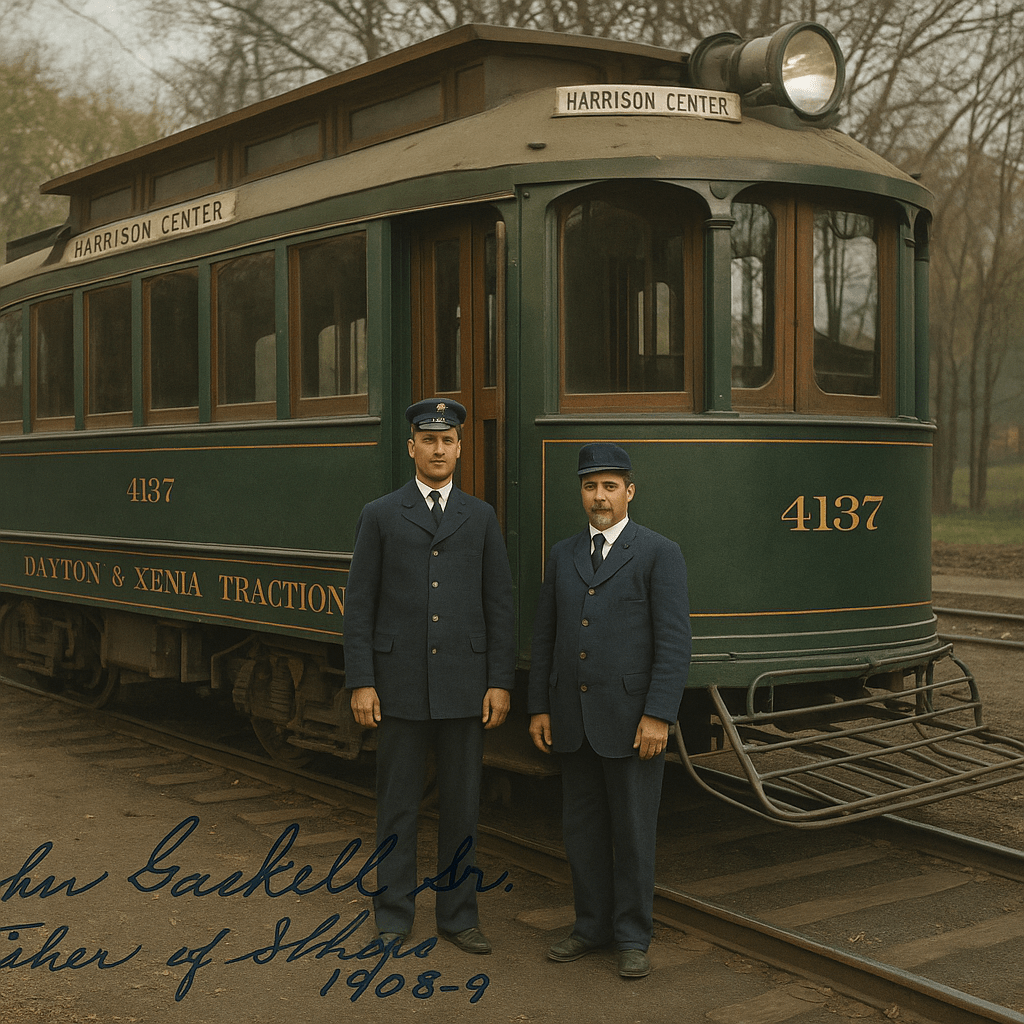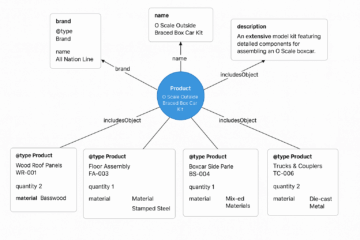It seems like every 10 or 15 years, a cycle if you will, and at least since the dawn of the World Wide Web technology, those of us that have had careers in the tech industries, like the computer field, always see the newest thing coming. And this since the micro-computer entered the general consumer market. By the newest thing coming, it was the Personal Computer and within the industry, companies pushed the latest operating system, the latest must have databases, the information client/servers models, the WWW, data warehouses, process data warehouses, data lakes, the cloud and today all we hear about is Artificial Intelligence (AI) in the news. I suspect these new things are needed to be pushed by tech companies to sell to all the other non-tech companies to keep their technology boats afloat. And often they advertise, whereby the messages are absolutely lost on or are meaningless to the majority of the consumer audiences. I guess the hope is some executive or business owner will happen to see the jingle and become captured.
I think AI is great and has the potential to bring forth many applications to better life for everyone. After having been absorbed to learn what AI is all about, especially since my university days back in the 1980s when AI was only in the research lab as an infant and not much access to utilize real computing power, it has come a very long way. So today I find it interesting to figure out how it can help us to better enjoy our hobby of model building.
Being a rail fan in addition to building models, railroad companies have honored our fallen flag roads with dedicating a locomotive known as “heritage units” with paint scheme designs that might be representative of a particular road if it were still in operation today. They are usually very attractive and complimentary and paint shop crews could not be more proud when they roll one out of the shop to the public for the first time.
Heritage is important in model railroading, because we often model scenes that date back to the past. However, I have noticed the AI Achilles heal about this technology. Given the AI models are trained on certain types or areas of complexity such as medical, legal or mechanicals like robotics, the general Large Language Models learns or trains by mining the Internet in general. And when that is the case, it can only harvest information that has only come online since around the early time of the web, forums, or RSS feeds i.e., open source data unless of course someone deliberately feeds it directly for either supervised or unsupervised learning. Consequently, history and heritage is missing and therefore AI cannot possibly learn from our past mistakes.
To prove this observation with a simple example to the best of my experience using the general ChatGPT, I asked the following question:
“What railroad company owned the railroad station/depot in Elizabeth, Illinois in 1906?”
It kept telling me it was owned by the Chicago North Western which was incorrect. So I communicated with the AI telling it the correct information, (Chicago Great Western Railroad). A few days or a week later it was finally giving the correct answer, I guess after it had time to integrate that into the training model.
Our heritage is great whether it is about our country or better yet our ancestors. The Internet has made it easier to trace our roots, family histories as has the science about our DNA. In my case, my Grandfather, a life long model railroader and model builder went to work for the Chicago Surface Lines in the 1930s. And it just so happens I have an antique post card of my Great Grandfather photographed in front of his streetcar that he worked on for the Chicago Union Traction in the City of Chicago as an operator in 1908-1909.
Now as you can imagine, the postcard is a faded brown and white, somewhat out of focus but through the magic of AI I was able to colorize this scanned image using several different tools giving me a variety of outputs depending on the tool.
Here is one such colorized image:
This depiction is an accurate rendition from the original postcard print. If I were to do a extremely high resolution scan of the postcard, the detail would be that much better after running it through the AI. Given that I am also a trolley fan and modeler, and to see my Great Grandfather on the right gives me great pride to know that he was part of transit history in the city as was his son Leslie. In fact Leslie’s Chicago Surface Lines car 144 is in the Illinois Railway Museum.
Another colorized image by AI below is very different from this original above and not all AI models that depend on third party tools can get things right.
While the color palette used is perhaps the right scheme, the image was modified fairly extensively. The headlight is incorrect, the signage on the side of the care was substituted, the roof is half finished without a pole and the Harrison Center sign is not in the proper positions. So the AI took liberty to, I suppose, idealize the image of the faces in addition to adding the color.
When one looks at these older images, questions arise as to the historical story or significance. Again, if you ask ChatGPT about the Chicago Union Transit Company, it thinks it never existed which is true. But is cannot make the inference to what was its original name Chicago Union Traction which was acquired by Chicago Railways Company in 1908. Well, it is not practical to be trying to train these models with correct facts on the fly. However it is another example regarding the limitation on the information it uses to learn or train on simply because it has no access to learn history lessons. Thus, you have to be careful what you type in when making queries. Fortunately, the tools like ChatGPT in many cases will give links to where it referenced its information like a Wikipedia or blog article.
While attending the university, I spent a good deal of time with the Library Card Catalogs to learn in depth the history around the topic of boilers and technology in those early days. These books were found deep in the bowels of the engineering libraries that dated way back to the industrial revolution. And from the looks of it, these books were rarely checked out. I doubt this material will ever make it into large language models, consequently a wealth of knowledge will be absent in AI. But this was the way I independently learned about early electronics, operating systems and software because companies like AT&T Bell Labs donated their foundational research to university libraries. The only way to get well grounded in the subject matter was through individual effort because the schools simply did not teach it.
AI is good for a lot of things, but it is not perfect. How can it be if it cannot extract detailed knowledge from the past and what are essential facts about our heritage? In any case, with a colorized sharper image, I can now go about scratch building a model of the Chicago Union Traction car in O Scale in greater detail even though I have no drawings in hand to assist in replicating the prototype in a scale model.




